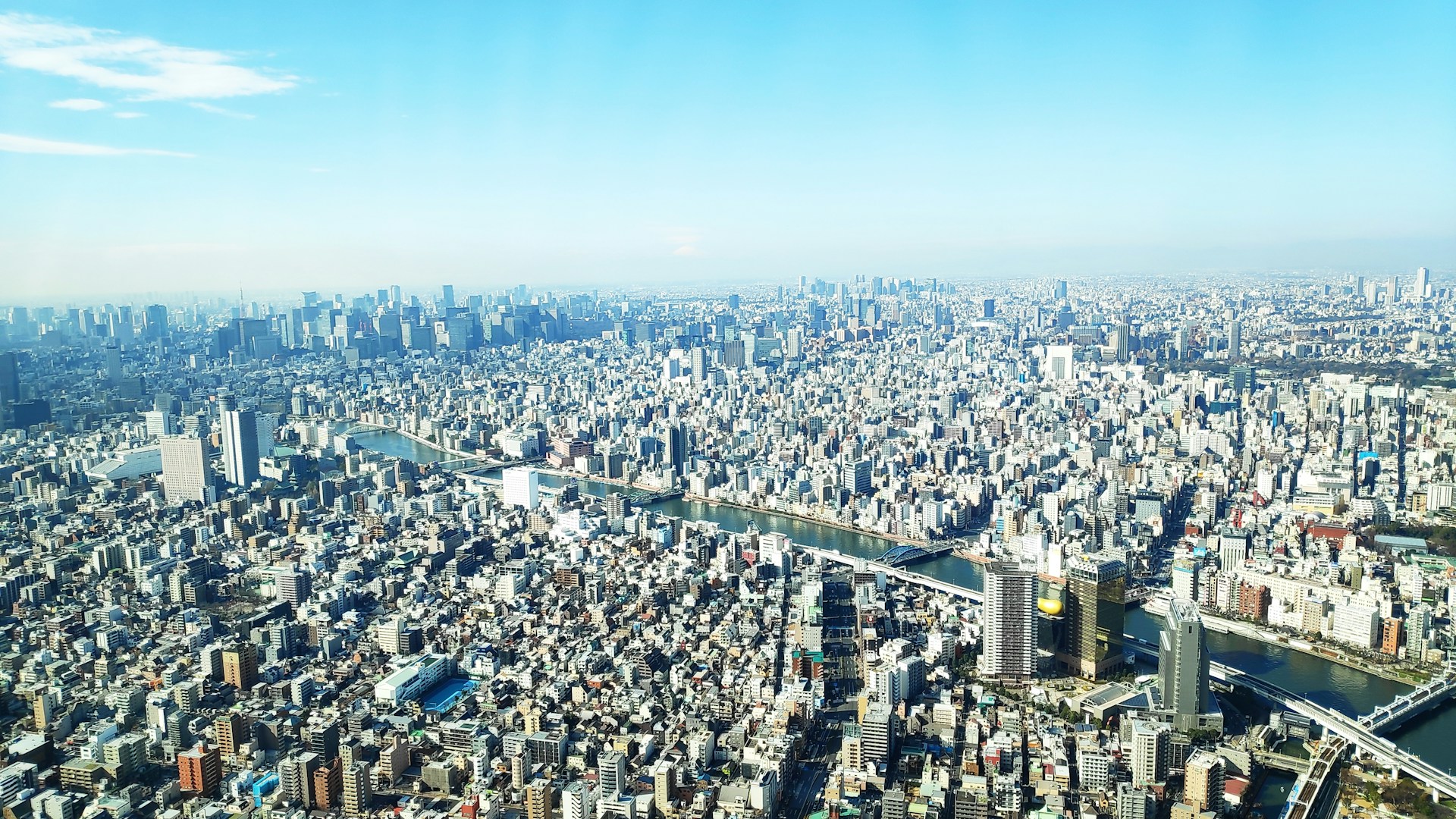墨田区と聞いて、皆さんは何を思い浮かべますか?東京スカイツリー、浅草の賑わい、隅田川の花火大会…?でも、実は墨田区にはもっと奥深い歴史があるんです。今回は、その墨田区の歴史を紐解いてみましょう。
墨田区の誕生
墨田区は、1947年(昭和22年)に東京市の「本所区」と「向島区」が合併して誕生しました。元々は江戸時代からの歴史を持つエリアで、江戸時代には多くの職人や商人が集まり、活気ある街として発展しました。特に、隅田川沿いは江戸の風情を感じることができる場所として知られています。
江戸時代の墨田区
江戸時代、墨田区は「下町」として栄えていました。ここには多くの職人が住み、江戸の文化を支えました。浅草寺や回向院などの寺院があり、多くの人々が訪れました。また、隅田川は重要な交通の要所として機能し、物資の運搬や人々の移動に利用されていました。
明治時代の発展
明治時代に入ると、墨田区はさらに発展を遂げます。明治政府の近代化政策により、工場や商業施設が建設され、経済活動が活発になりました。特に、繊維産業が盛んになり、多くの工場が立ち並びました。この時期に築地市場が移転してきたこともあり、墨田区はますます賑わいを見せました。
大正・昭和時代の墨田区
大正時代から昭和時代にかけて、墨田区は戦争や震災といった大きな試練を迎えます。特に、1923年(大正12年)の関東大震災では、多くの建物が倒壊し、街全体が大きな被害を受けました。しかし、その後の復興によって、新しい都市計画が進められ、近代的な街へと生まれ変わりました。
現代の墨田区
現代の墨田区は、歴史と現代が融合した魅力的なエリアです。東京スカイツリーの完成により、観光地としても一層注目されています。また、江戸時代から続く伝統工芸や祭りなど、文化的な魅力も多く残っています。特に、毎年行われる隅田川花火大会は、多くの人々を惹きつけるイベントです。
墨田区の魅力
墨田区には、歴史的な名所がたくさんあります。例えば、浅草寺は日本最古の寺院の一つで、多くの観光客が訪れます。また、墨田水族館や江戸東京博物館など、家族連れでも楽しめる施設も充実しています。さらに、下町の風情を感じることができる街並みや、地元の商店街での食べ歩きもおすすめです。
墨田区の未来
墨田区は、今後も歴史と現代が調和した街として発展していくでしょう。新しい施設やイベントの開催が予定されており、ますます多くの人々が訪れることが期待されています。墨田区の魅力を再発見し、次の世代に伝えていくことが大切です。
English Version
The History and Charm of Sumida Ward: A Blend of Edo Spirit and Modernity
What comes to mind when you hear about Sumida Ward? The Tokyo Skytree, the bustling Asakusa, the Sumida River Fireworks Festival…? But did you know that Sumida Ward has a deep and rich history? Let’s delve into the fascinating history of Sumida Ward.
Birth of Sumida Ward
Sumida Ward was born in 1947 when Tokyo City’s “Honjo Ward” and “Mukojima Ward” merged. Originally, this area has a history dating back to the Edo period, where it flourished as a lively town with many craftsmen and merchants. Especially along the Sumida River, you can feel the essence of Edo.
Sumida Ward in the Edo Period
During the Edo period, Sumida Ward was thriving as “Shitamachi” (downtown). Many craftsmen lived here, supporting the culture of Edo. Temples like Senso-ji and Ekoin were visited by many people. The Sumida River played a crucial role as a transportation hub, used for transporting goods and people.
Development in the Meiji Era
Entering the Meiji era, Sumida Ward developed even further. The Meiji government’s modernization policies led to the construction of factories and commercial facilities, boosting economic activity. Particularly, the textile industry thrived, and many factories lined the streets. With the relocation of the Tsukiji Market, Sumida Ward became even more bustling.
Sumida Ward in the Taisho and Showa Eras
From the Taisho to the Showa eras, Sumida Ward faced significant trials such as wars and earthquakes. The Great Kanto Earthquake of 1923 caused immense damage, with many buildings collapsing. However, post-disaster reconstruction led to new urban planning, transforming Sumida into a modern city.
Modern Sumida Ward
Today, Sumida Ward is a charming area where history and modernity blend seamlessly. With the completion of the Tokyo Skytree, it has gained even more attention as a tourist destination. There are also many cultural attractions, such as traditional crafts and festivals that have been carried on since the Edo period. The annual Sumida River Fireworks Festival, in particular, draws large crowds.
Attractions in Sumida Ward
Sumida Ward is filled with historical landmarks. For instance, Senso-ji Temple is one of the oldest temples in Japan and attracts many visitors. Additionally, family-friendly spots like the Sumida Aquarium and the Edo-Tokyo Museum are abundant. The streets, with their downtown atmosphere and local shopping streets, offer delightful walking and eating experiences.
The Future of Sumida Ward
Sumida Ward will continue to develop as an area where history and modernity coexist. New facilities and events are planned, and more visitors are expected in the future. It’s important to rediscover the charm of Sumida Ward and pass it on to the next generation.

コメント